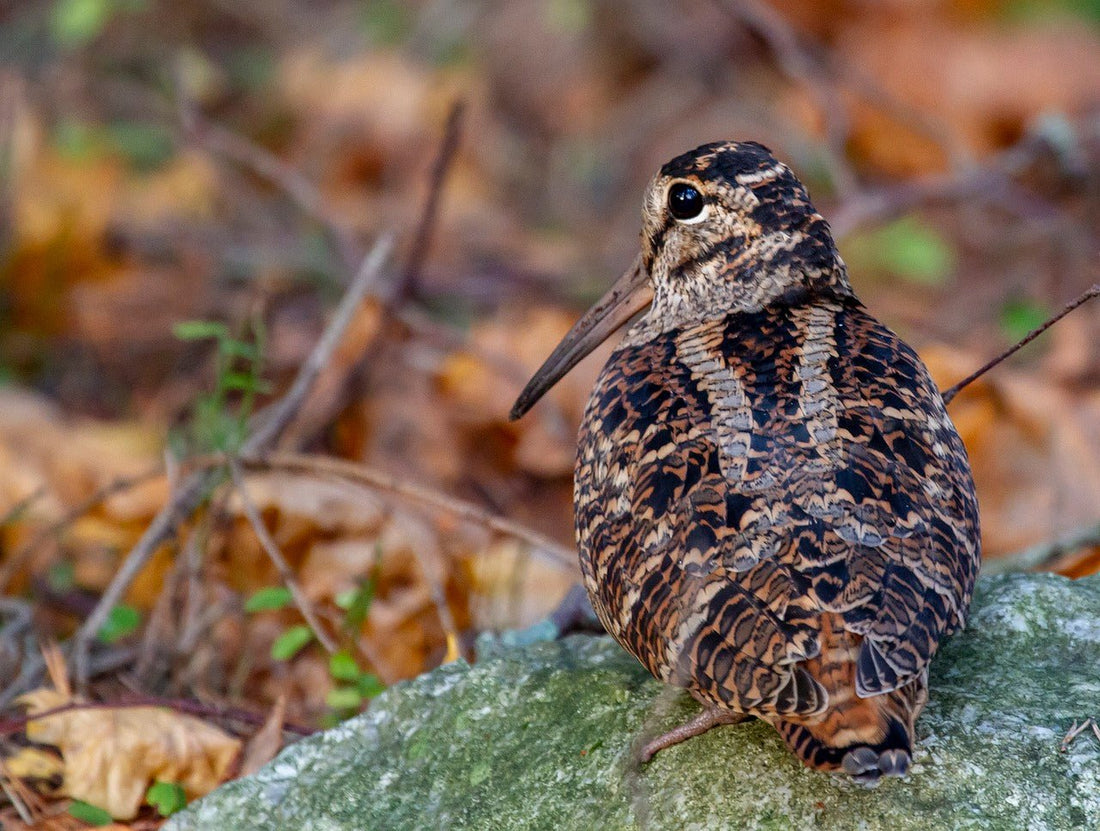
The Decline of Wild Birds in the UK from 1970 to 2023
Share
Over the past five decades, the UK has witnessed a significant decline in wild bird populations, with many species facing alarming reductions in numbers. Since 1970, approximately 40% of British bird species have seen declines, and some iconic woodland and farmland birds are at risk of disappearing entirely. This decline is driven by a complex interplay of factors, including habitat loss, agricultural intensification, climate change, and changes in food availability.
Woodland Birds: A Silent Crisis
Woodland birds, such as the nightingale, woodcock, and spotted flycatcher, have suffered some of the most dramatic declines. From 1970 to 2023, many species have seen their populations halved or more. A key cause of this is the loss and fragmentation of natural woodland habitats. In the 20th century, much of the UK’s ancient woodlands were cleared for urban development, agriculture, and timber production. Even where woodlands remain, they are often simplified and lack the diversity of habitats and the undergrowth needed by many bird species. The loss of older trees and hedgerows, which provide nesting sites and food sources, has exacerbated the problem.

Moreover, pests and diseases that affect trees, like ash die back, have further weakened these habitats. Climate change also plays a role, shifting the availability of food sources like insects and berries, making it harder for woodland birds to survive.
Farmland Birds: Impact of Agricultural Practices
Farmland birds, including the skylark, corn bunting, and yellowhammer, have also experienced steep declines since the 1970's. The intensification of agriculture has been one of the main drivers of this. The shift towards large-scale monoculture farming, the increased use of chemical pesticides and herbicides, and the draining of wetlands have destroyed many bird habitats. These practices have eliminated the wildflowers, insects, and seeds that farmland birds depend on for food.

In addition, the replacement of mixed farming with more specialized crops or livestock has led to the loss of key feeding and nesting areas, such as field margins and hedgerows. As these natural habitats disappear, so too do the birds that rely on them. The widespread use of pesticides has also reduced the abundance of invertebrates, further reducing the availability of food for these birds.
Addressing the Decline
The decline of wild birds is not just a crisis for wildlife; it also reflects the broader degradation of the environment. However, there are efforts to reverse these trends. Conservation organizations are working to restore habitats through re-wilding initiatives, tree planting, and creating bird-friendly agricultural practices. The UK government has also introduced measures to protect biodiversity, such as the creation of nature reserves and incentives for farmers to adopt wildlife-friendly practices.
One of the most easiest things we can do to help is simply hang out a bird feeder. Whether it's a seed feeder filled with something like sunflower hearts or a peanut feeder filled with good quality peanuts, sometimes it's just the simple things that can help the most.
Despite these efforts, the decline of wild birds is a stark reminder of the urgent need for comprehensive action to protect the UK's natural ecosystems, ensuring a future where birds can once again thrive in our woodlands and farmlands.
Written by Angela.

1 comment
I live in Berkshire and have noticed a lack of birds this Spring on our feeder whereas last year goldfinches, tits etc were plentiful.